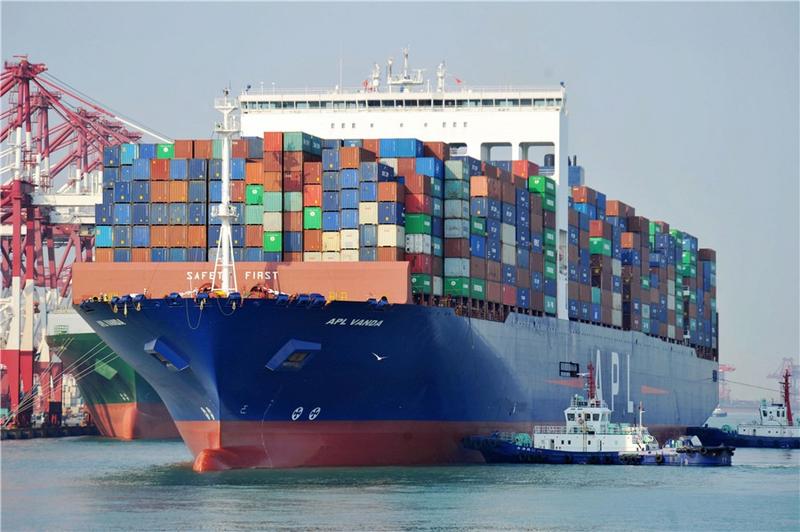 A US cargo ship docks at the Qingdao Port, Shandong province. (YU SHAOYUE / FOR CHINA DAILY)
A US cargo ship docks at the Qingdao Port, Shandong province. (YU SHAOYUE / FOR CHINA DAILY)
Although the Office of the United States Trade Representative claimed that US domestic industries benefit from the tariff actions in the Section 301 investigation of China last month, the call from industries to end those tariffs, which the previous Donald Trump administration imposed to win the initiative in trade talks with China, has always been there.
In the industries most affected by tariffs and Chinese "retaliations", US manufacturing jobs have fallen more than 2 percent, and spurred by the record-high inflation in the country, many senior US officials, including US President Joe Biden, secretary of commerce, treasury secretary and the USTR, have touched upon the possibility of reviewing the tariffs on various occasions.
By any measure, the tariffs have done serious damage to the US economy. The tariffs have pushed up consumer prices in the US, negatively influenced normal economic and trade cooperation between the world's top two economies and disrupted global supply chains, with US wholesalers, retailers and consumers bearing the brunt of the pain.
The "zero-sum" tariffs, which Trump introduced and Biden has persisted with, have never delivered what was promised. The economic and trade cooperation between the two sides has always been of a win-win nature. That is something that is decided by the law of the market and the complementarity between the two economies, and it cannot be reversed by politics.
The trade volume between China and the US from January to August stood at $514.959 billion, up by 9.5 percent year-on-year. Specifically, China's exports to the US amounted to $397.15 billion, up 12.2 percent; China's imports from the US reached $117.81 billion, up 1.3 percent.
And in the first half of this year, the actual US investment in China increased by 26.1 percent year-on-year, despite the US administration's attempts to disengage with China.
Although China has always attached great significance to the US market and investment, the tariff war and decoupling efforts of the US side have unavoidably prompted it to divert to other markets, such as the Southeast Asia and other emerging economies taking part in the Belt and Road Initiative, to manage and prevent risks.
Embarrassingly, while swallowing the teeth broken by the blow it has inflicted on itself, the US was forced to put an ugly show at the World Trade Organization to defend its absurd tariffs by moralizing the trade war it started with China.
The harm the US has done to itself with the irrational tariffs has become ever more evident over the past more than four years. The question now is for how long will the US continue to bear the pain of weaponized trade which is in no parties' interests.


